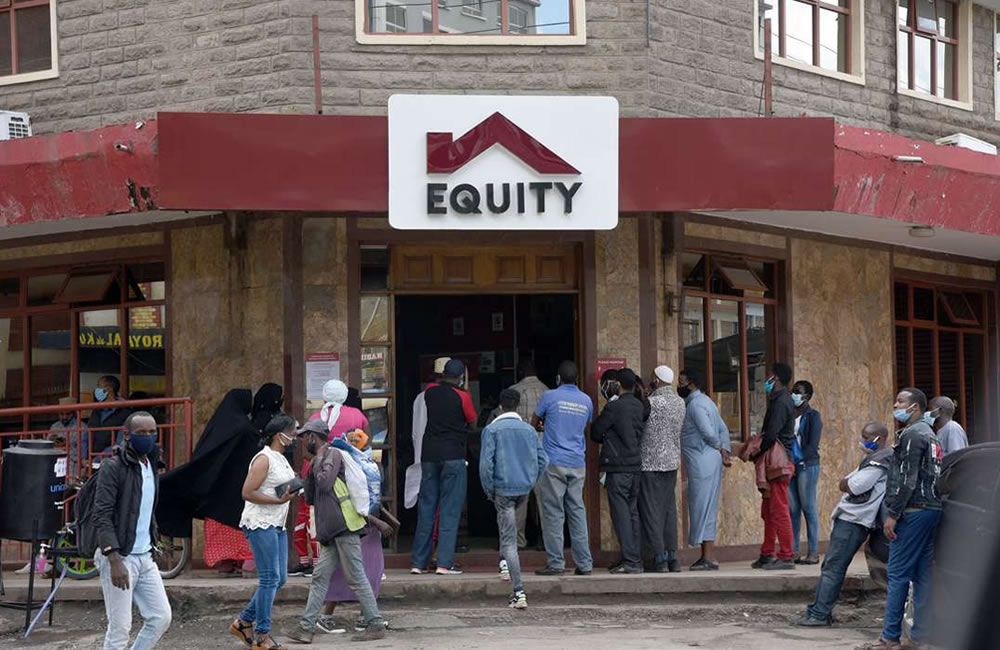African banks are expanding into neighboring countries and further afield benefiting from their knowledge and expertise in familiar territory.
Over the last five years Africa has witnessed a growing trend for Africa’s home-grown banking groups to extend their franchises beyond their own borders, with about 15 of them already exploring new territories. Regionalisation has become a prominent part of African banks’ strategies as these historically local players continue their ongoing search for growth and a way to diversify their earnings as competition increases in their home markets.
Obviously Africa’s high-growth economies are an attraction, but one of the key drivers of bank regional expansion is linked to clients expanding across the continent as they too take advantage of the opportunities Africa offers. Banks therefore are following their clients to areas where activity in the purchase and sales of goods are prevalent, perfectly addressing their own growth strategies.
Building local knowledge and expertise is important and forms the foundation for any bank’s expansion plan. Consequently, proximity to a bank’s home country is a key competitive advantage, as banks are usually more familiar with their neighbours than with countries in distant destinations. A good example of successful regionalisation is the robust expansion of Kenyan banks like KCB, CBA, Equity Bank and Co-Op Bank into East Africa (South Sudan, Tanzania, Uganda, Burundi and Rwanda). In South Sudan, banks like KCB, for example have had first mover advantage and are now part of the biggest banking groups in the country.
Also helping bank regionalisation is the growth of regional trading hubs between port cities (Nairobi, Kenya and Dar es Salaam, Tanzania) and between countries inland (like Uganda and Rwanda), opening opportunities for banking products and services.
However, banks are also moving further afield to take advantage of high-growth markets. An example of this has been the rapid expansion of some Nigerian banks into Africa. UBA Nigeria and Ecobank have a presence in over 15 countries on the continent. While there may not be natural trade flows or client expansion into these new markets, Nigerian banks looked at avenues to diversify their funding base, taking advantage of earnings from high-growth sectors in growing countries. This strategy is a long-term play as earnings growth is usually much slower but intrinsic value is built in these franchises along with a brand and relationships.
But the risks of regional development cannot be ignored. Unexpected regulatory changes within a country can be swift and can significantly change the economic landscape, something for which banks need to be prepared. An example is the recent requirement in Zambia for foreign-owned banks to increase their capital from US$5-million to $100-million.
Credit risk and asset diversification are other key elements for banks to assess as they diversify into other regions. Often banks first initiatives in a new country are trade related but in order to compete with local players, they usually need to diversify to gain a deposit base and build traction in their earnings. This inevitably means a move into the retail segment at some point. However, growth in retail banking presents a two-pronged challenge. Firstly, a branch network is expensive. In Mozambique, for example, a single branch costs in the region of $1-million to set up from scratch. Secondly, a growing retail base often leads to higher bad debts and banks need to be prepared for the fact that the retail space will attract higher non-performing loans than the corporate space. Getting the correct balance between corporate, investment and retail banking is the key to success for African banks expanding across the continent.
But, so far, banks are benefitting from their expansion into Africa – earnings are steadily growing and franchises are being built across the continent. A core theme which is emerging as part of this recipe for success is the successful integration of local talent with home country expertise.
However, with time, regional expansion will become more difficult and expensive for new entrants which do not have an existing presence in African markets, unless they are prepared to pay a handsome premium to acquire a regional banking franchise. For those which have already taken the risk, It’s an exciting time and the development and expansion of African banks should mean they will soon be able to compete with any in the rest of the world, if they are not doing so already.
About the author
Suresh Chaytoo heads FirstRand Bank’s International Financial Institutions and Development Financial Institutions business.
Suresh joined FirstRand Bank in January 2011 as regional head of Financial Institutions for Africa and Latin America with the responsibility for supporting FirstRand Bank’s strategic business expansion in Africa. He was appointed as sector
director to head the business in May 2013.
Prior to 2011, his previous assignments during his 20+ year career in banking include tenures as vice president and regional head of Financial Institutions (Middle East and Africa) for ICICI Bank Limited in the Kingdom of Bahrain, and head of Channel Finance at Citigroup South Africa.
Suresh has also held positions within Structured Trade Finance and Corporate Banking during his career.
He holds an MBA, a degree in Commerce and a CAIB (SA) qualification from the Institute of Bankers in South Africa.





